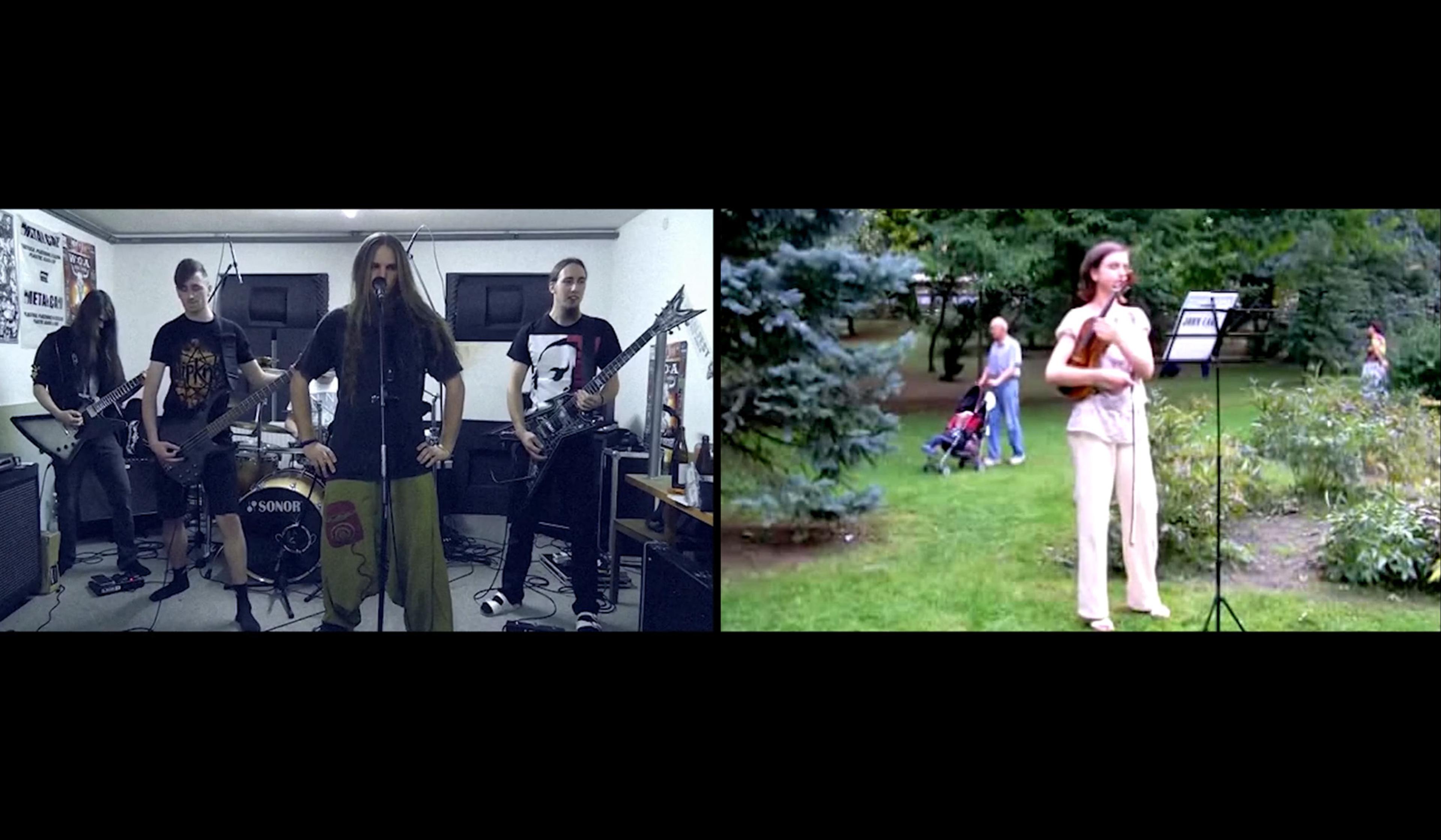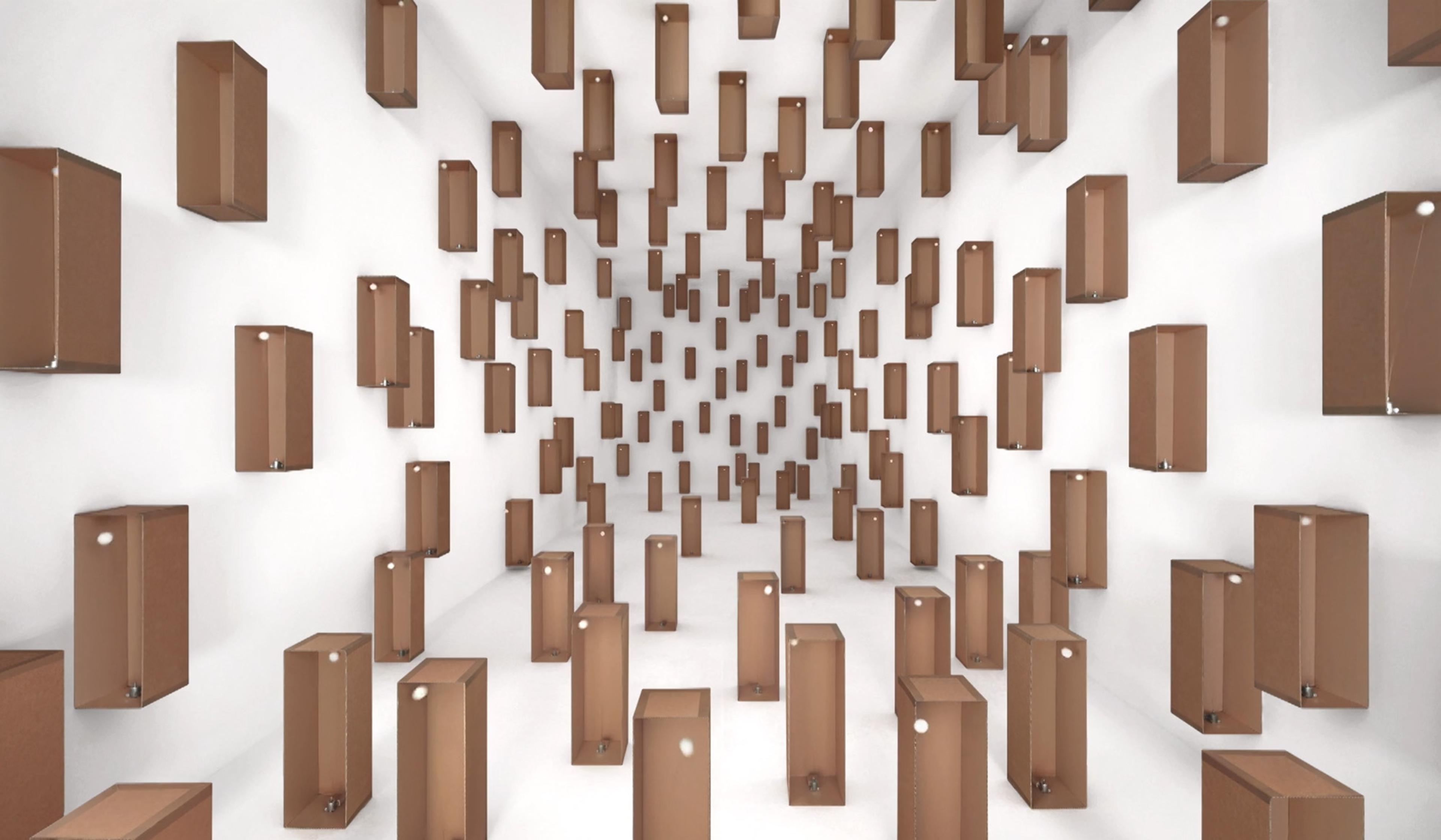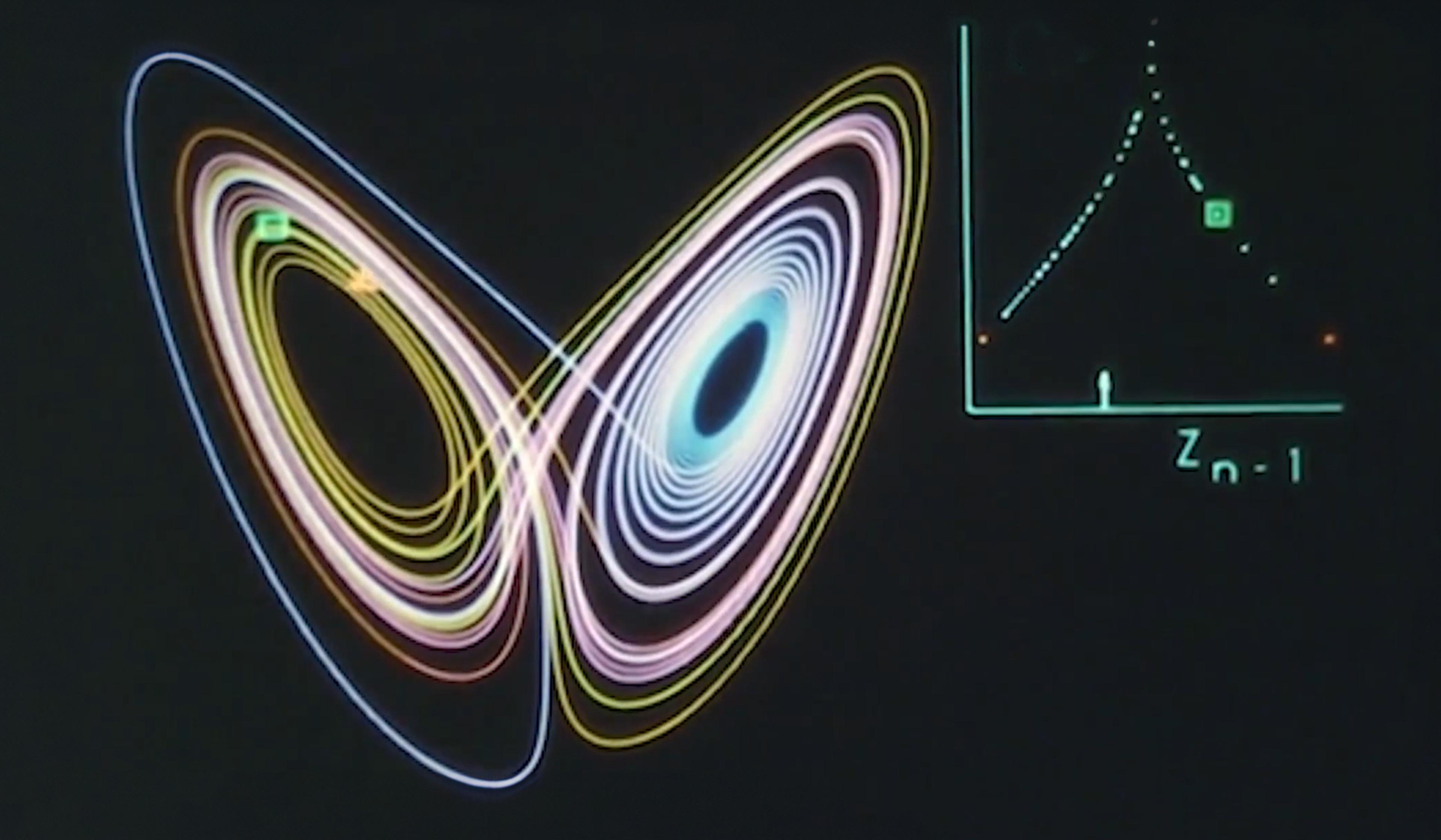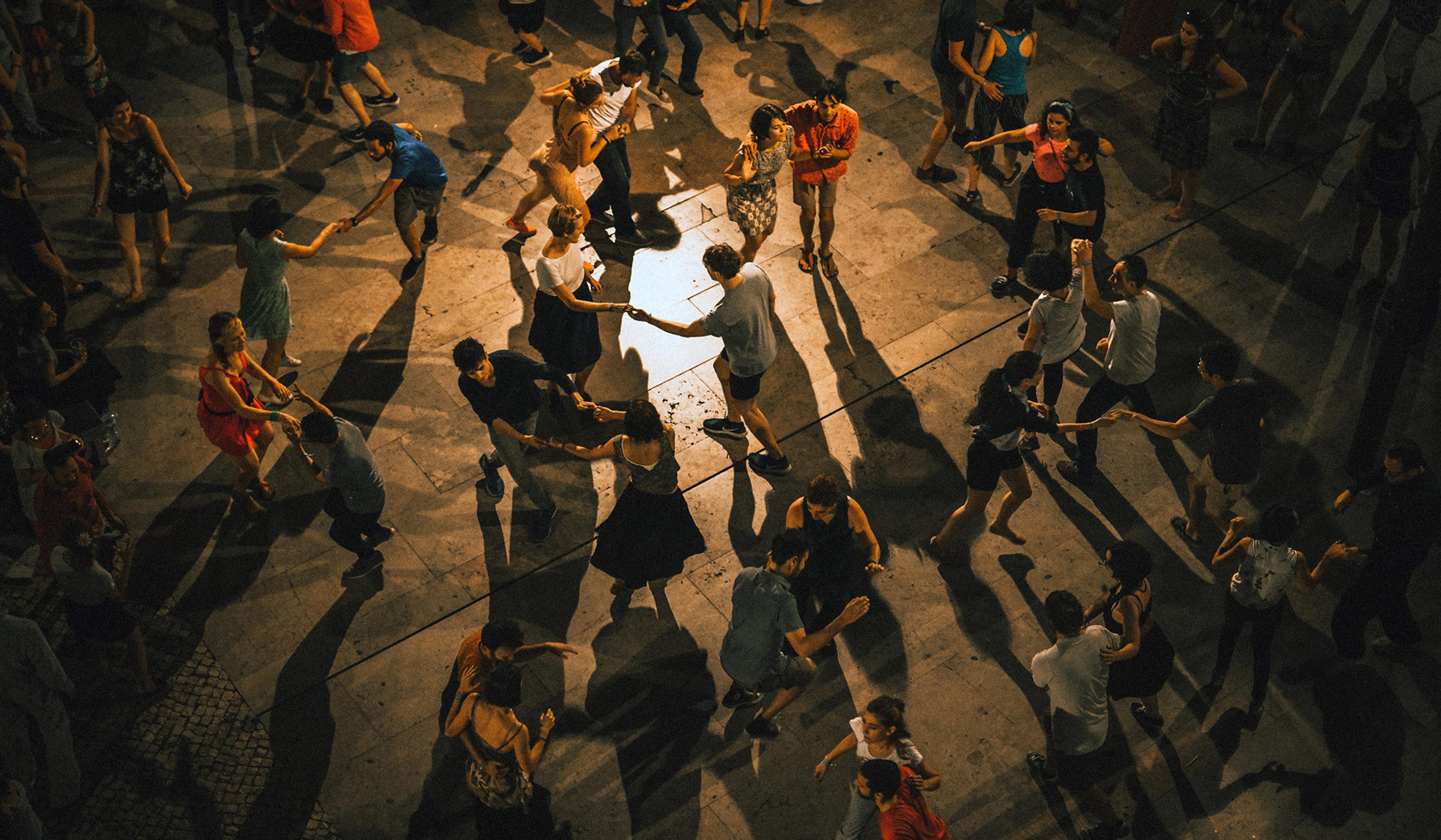In the age of ambient Spotify playlists and second screens, the idea of music designed to exist in life’s background may not seem particularly radical. However, as this video essay from the YouTube channel Inside the Score details, when the French composer Erik Satie (1866-1925) coined the term ‘furniture music’ in 1917 and began composing music meant to blend into environments, the concept had very little precedent. A fascinating dive into art history, aesthetics and the nature of sound, this short explores how Satie’s avant-garde ideas paved the way for the banal music often heard in shopping malls and elevators, but also inspired such celebrated modern composers as John Cage and Brian Eno. Further, the piece interrogates whether Satie was ultimately successful in his goal of creating music that was meant to slip beneath, rather than pique, the interest of its listeners.
Via Open Culture








